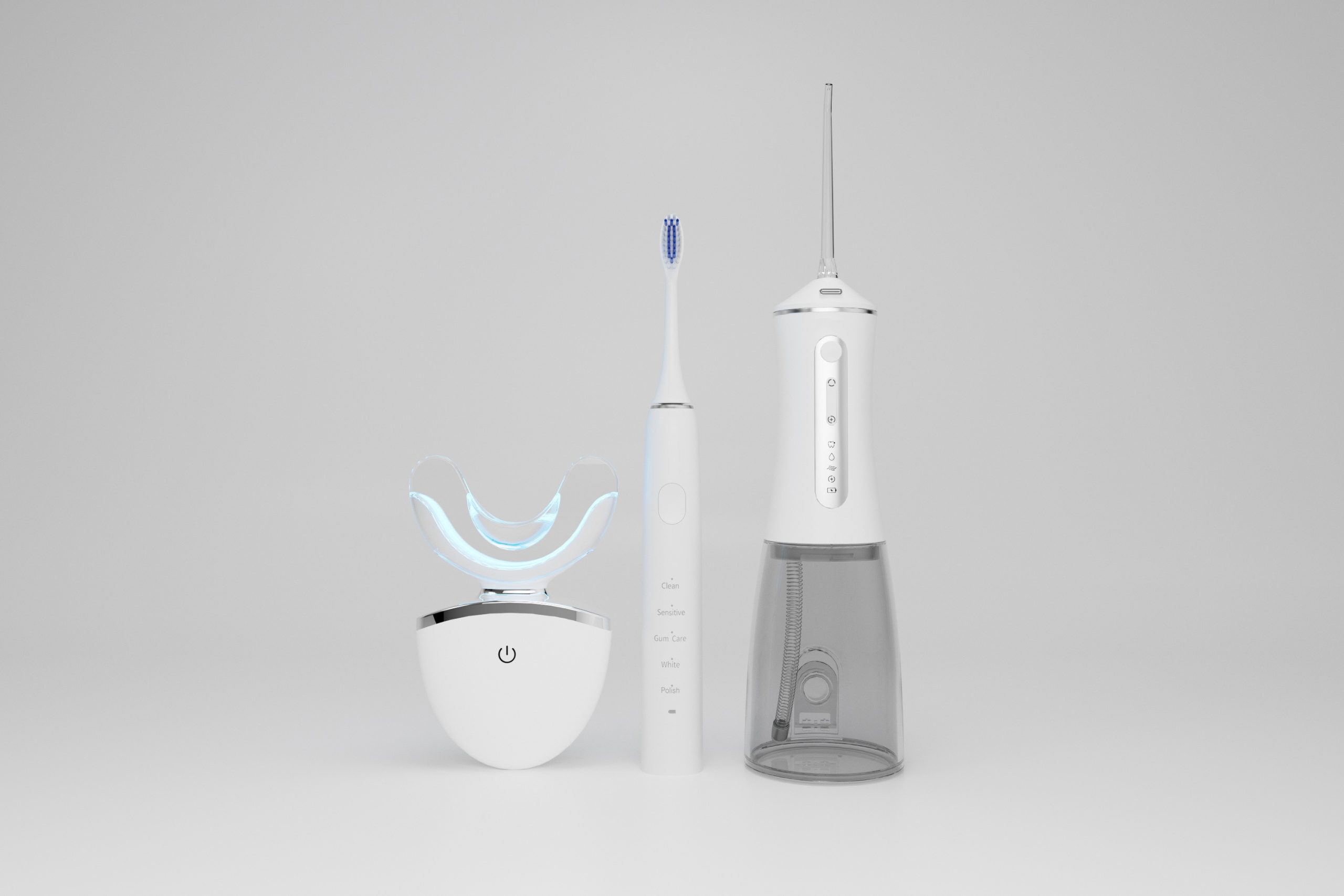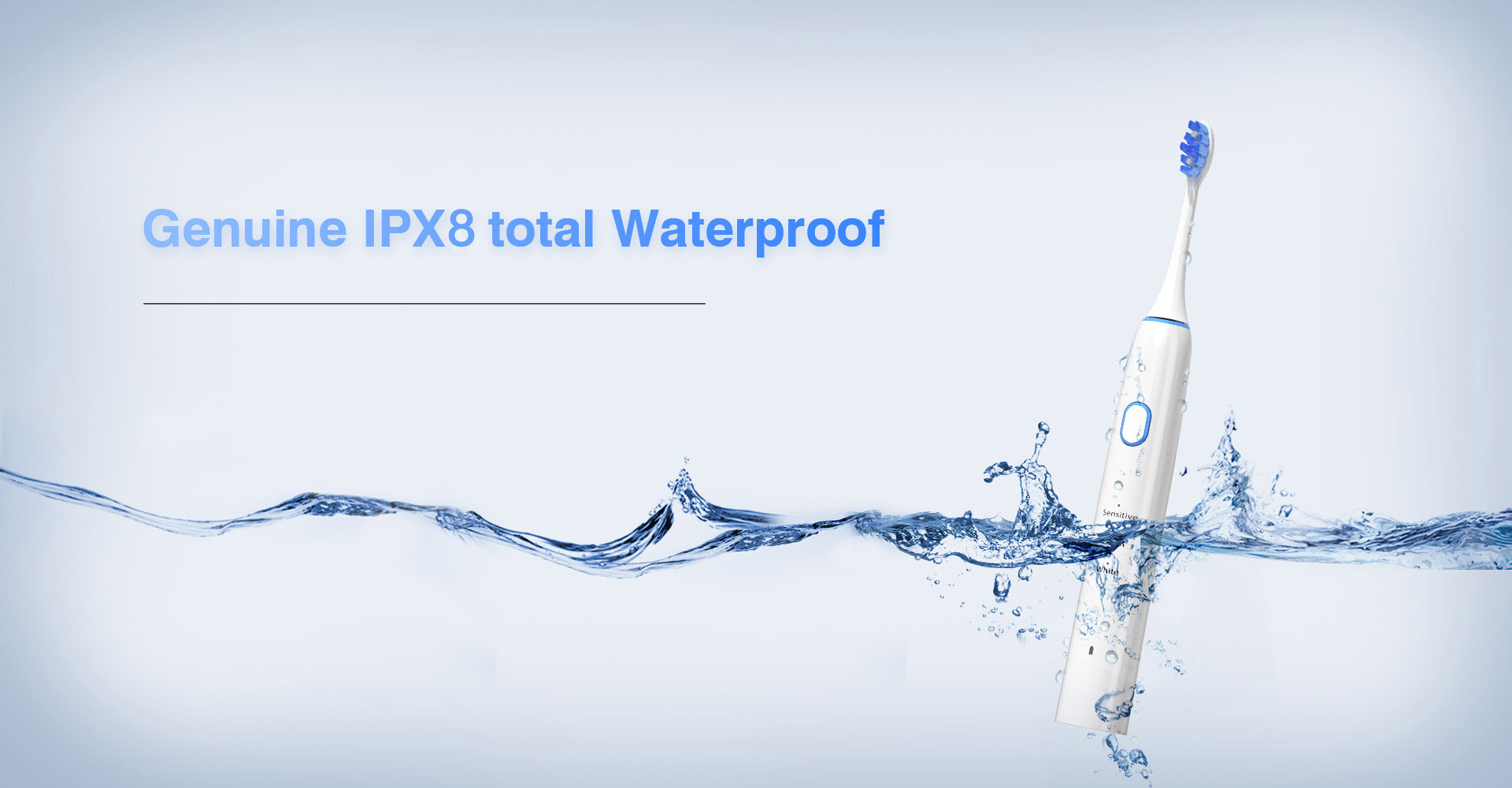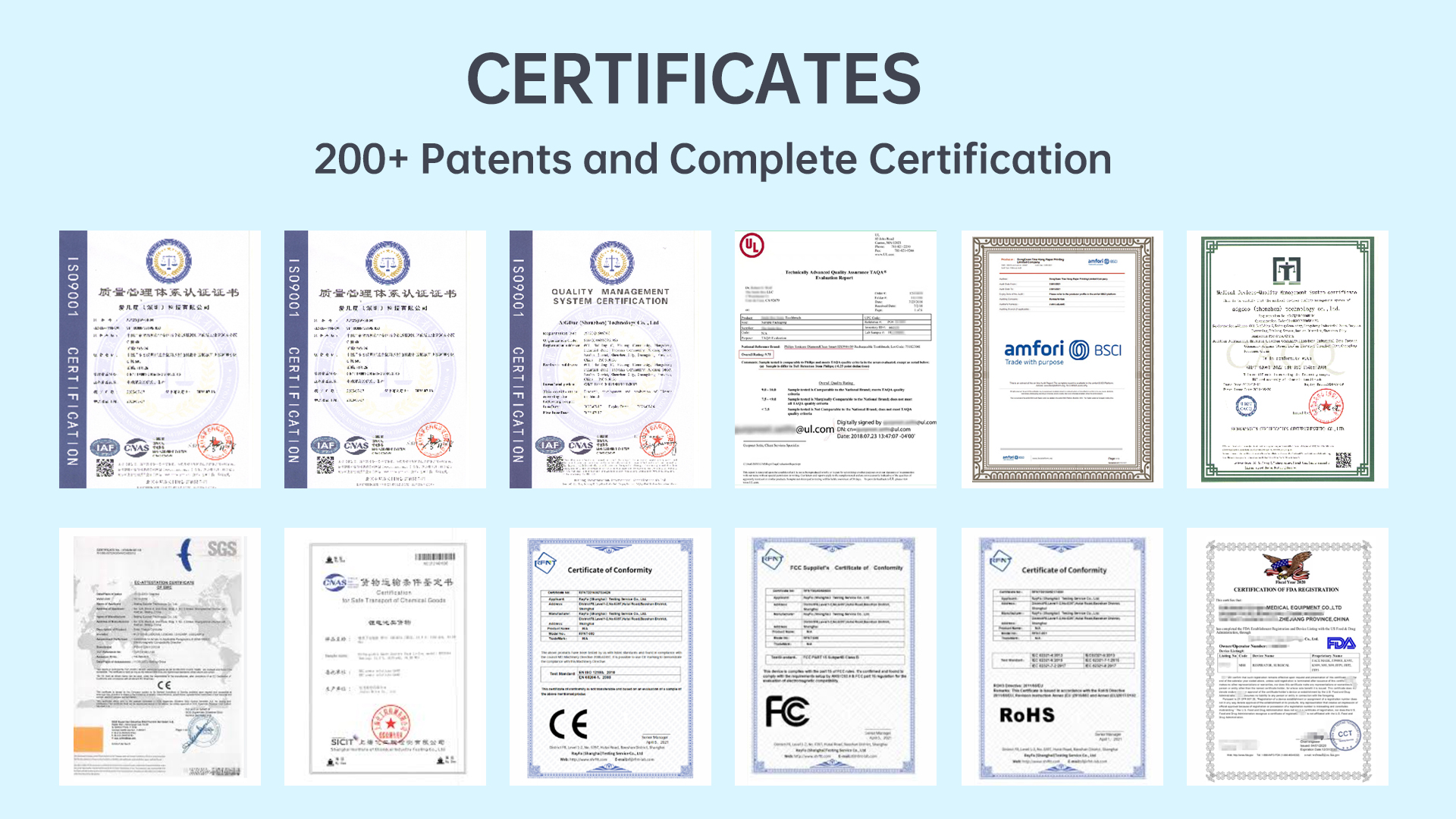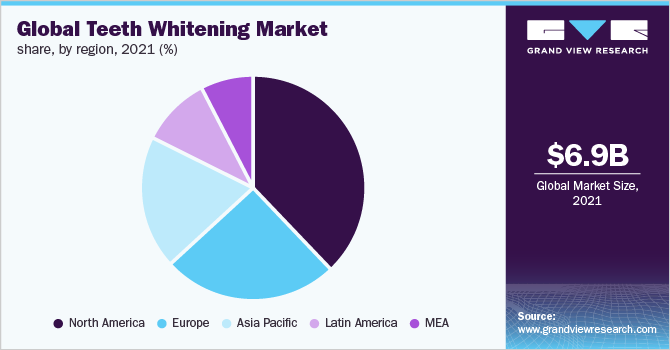When users notice a whitening efficacy decline during treatment, devices often respond with pulse intensity spikes—abrupt increases in light or vibration power intended to compensate but which can damage enamel and irritate gums. For B2B manufacturers, understanding this feedback loop is vital to designing stable, safe whitening systems that maintain consistent performance without resorting to power surges.
Many whitening units rely on optical or force sensors to gauge bleaching progress:
Robust sensor calibration and auto-recalibration routines are therefore the first step toward stabilizing performance.
Bleaching gel chemistry also changes during use:
Integrating gel-level sensing and dosage-compensation algorithms can replace brute-force intensity increases.Company web: https://www.powsmart.com/product/electric-toothbrush/
Embedded control logic often prioritizes treatment completion over user comfort:
Updating firmware to incorporate multi-level thresholds and time-weighted averages prevents harmful intensity spikes.

Hardware wear and tear contributes as well:
Routine maintenance reminders and self-diagnosis routines help avoid hardware-induced pulse anomalies.
Improper user habits exacerbate the issue:
Educating end users on correct gel handling and session pacing reduces false efficacy alarms.
To eradicate the root causes of pulse intensity spikes, B2B manufacturers should:
By integrating smarter sensing, adaptive control logic, proactive maintenance, and thorough validation, you can deliver whitening devices that maintain consistent efficacy—without resorting to jarring pulse intensity spikes.
Conclusion
Addressing the interplay between whitening efficacy decline and pulse intensity spikes requires a systems approach encompassing sensors, firmware, hardware durability, and user guidance. B2B manufacturers who embrace these six strategies will produce robust, user-friendly whitening solutions, strengthening partner confidence and driving long-term success. For deeper collaboration on advanced whitening-mode engineering, please contact our team.
Taste Alteration After Tray Misalignment – Coincidence?
Electric Toothbrush Quality Control: Cleanroom Standards & Defect Analysis Solutions
.jpg)
Is Ultra-Quiet Magnetic Motor Brush Generating Noise Complaints?
Adapter Overheating Causing Sinus Discomfort?

Is There a Way to Solve the Common Electric Toothbrush Water Ingress Problem?

What is the Electric Toothbrush Market Forecast?
.jpg)
Gentle Oral Care Products for Sensitive Gums: A Guide for Brands Seeking the Right Manufacturer

New Trends in the Electric Toothbrush Industry: How Can Intelligent Connectivity Enable Brand Premium?

How to Select the Right Tip for a Water Flossing Device?
Discover a Great Reason to Switch to an Electric Toothbrush
Are Child safety Electric Toothbrushes Made from Materials?
.jpg)
Key Considerations of USB-C Charging for Electric Toothbrushes OEM

R&D innovation and technological upgrading of dental appliances

How to Maintain Good Oral Hygiene Without Irritation?

Analysis of Differences in Preferences for Teeth Whitening Devices in the European and American Markets vs. Asian Markets
.jpg)
Proven Strategies to Unlock Premium Water Flosser Brands Positioning

electric toothbrush heads Deep Clean
.jpg)
Florida Electric Toothbrush – Powsmart PTR-C8

Electric toothbrush heads Charcoal Infused-Diamond

Private Label Whitening Gel

electric toothbrush heads Regular Clean

electric toothbrush heads Charcoal Infuse-Round

Customization Teeth Whitening Gel

electric toothbrush heads Ultra Soft